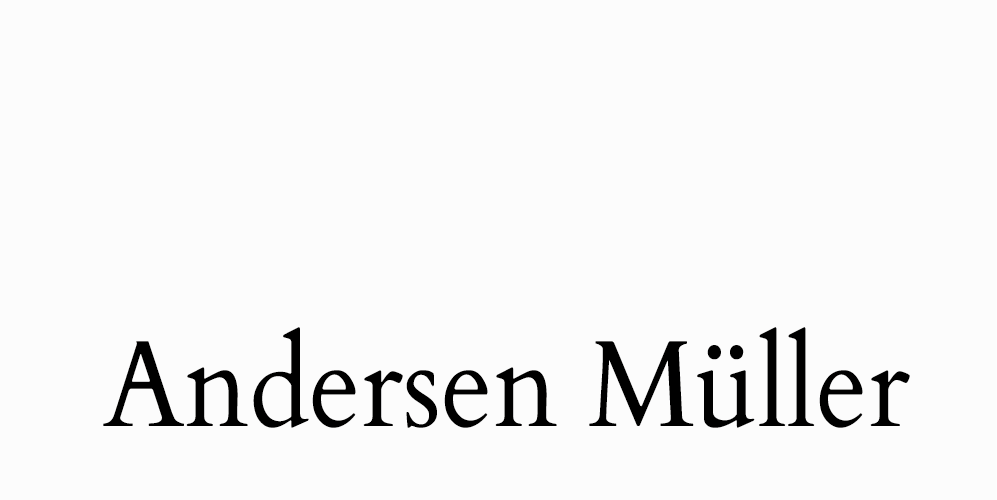This year I have set a very clear intention of cultivating the habit of reading. While for some people this might seem like a relatively easy task, I’ve been struggling with this for years. As an academic who has just graduated from college, I’ve spent a good amount of time reading papers, articles and so on for the past few years. Most often, my reading time was not intentional, but rather a way of studying for tests and exams.
I wanted to make a change.
So, to start the year well, I decided that I wanted to read one book per week. And, as crazy as it seems, I’ve actually managed to read two books on the first week of the year. But, as you can imagine, I haven’t keep this pace since. In fact, I didn’t touch a book for the rest of January. I believe you’ve probably passed through something like this before too: you want to start or change a behavior and then you begin pretty well, but for some reason things start falling apart.
As it turns out, this is actually very common. The reason for that is because we were not successful in building a habit that sticks.
You see, when I set the goal of reading one book a week I didn’t realize that this goal requires A LOT of effort to accomplish. Can you imagine how many ours I should spend reading every week just to finish one book? Probably more than I would expect. Worse than that: I would have to repeat the process every single week for a whole year. Not very motivating.
Lucky for me, I came across the book Atomic Habits, by James Clear, which I just finished reading and inspired me to write this blog post. As of right now, I’m reading every single day for more than a month, which is something I never did before, unless if I needed to. But the most satisfying of all is that now I have the desire to read every day, which I never had.
I want also to mention that I don’t have the goal of reading one book per week anymore and that I shouldn’t have it after all. Instead of focusing on accomplishing a goal, it’s better to focus on creating the systems (and habits) that are gonna help you achieve that goal. For this reason, I changed from ‘reading a book every week’ to ‘reading every single day’. And I already think I am successful in building this habit, which is why I wrote this text.
So here are some tips on how to start reading:
1. Get yourself a book you like
This might seem very obvious and it is. But the reason why I’m telling you this, isn’t. By buying a book (or picking it up from the library), you are telling yourself that you are a person that likes reading. This helps you create an identity of a reader, which in turn is gonna make you more likely to read. Humans tend to act according to the way they see themselves, according to their identity. So if you create the identity of a reader, you’re more likely to read.
Another reason why getting a book is good is because it is a visual reminder of what you want to do. Also, by putting money on it, you’re telling yourself: this is how badly I want it.
2. Choose or set a place where you would like to read
For me, the place I like to read the most is in my bedroom, particularly before sleep. But it could be any place. Could be in the dining room, at the library, a coffee shop, anywhere. I just wouldn’t recommend reading in a place where you already have a habit you do. For example, if you arrive at home and go directly watch TV in the living room, you’re gonna have some trouble in changing the habit of watching TV to reading, because you already associate the place with the habit.
Changing the environment and removing distractions will prove helpful in the task of creating a new habit. So, if needed, you can change the configuration of your room to make it look like a better place to read.
3. Set a specific time for reading
For me, this was crucial. I chose to read before bed because going to bed is the only habit I will do inevitably every day. So attaching one to the other makes it easier to accomplish. I also wanted to sleep early more often, so going to bed earlier would help me have some time to read before bed while still sleeping enough.
I encourage you to set a specific time or a specific habit that you should follow with reading. For example: read every day at 9 pm. Or at 6 am. Or after lunch, after shower, after the gym. It doesn’t really matter, as long as you stick to it long enough. If you know exactly when you’re going to do the habit you’re more likely to do it.
4. Make it very easy
If you make it easy to start, you will have no trouble achieving it. For example, instead of trying to read for 2 hours every day, try reading one page. Or maybe 10 minutes. If you tell yourself you want to read for two hours today you’re also implicitly saying that if you don’t, you fail. And after some days of failure it’s likely that you will stop even trying and will not even pick the book.
Another way of making it easy is to place the book in a very, very visible place. For example, above the pillow. By placing the book above your pillow, you can literally not go to sleep without at least seeing it. Once again, it’s a visual reminder of what you want to do.
5. Make it desirable
The way our brain works is that if something is satisfying we want it more. So in order to create a habit you need to make it satisfying. For me, just knowing how many pages I’ve read was enough to keep engaged, but if you’d like you could create a habit tracker in which you can see (once again visually) your progress. There are several habit trackers available online.
Another way you can make this habit pleasurable is by attaching it to another pleasurable outcome. For example, if you read for ten minutes before lunch when you’re hungry and after reading you eat lunch. After some time, your brain will associate the habit of reading with the satisfaction of lunch and you will start desiring both. Another example is, if you can, setting up a 30-minute break from work every day at 4 pm, when you can (instead of scrolling on your phone) read your book.
All of these tips are very simple tips that I’ve created on my own based on what I’ve read in Atomic Habits. If you want full explanation on why they might work, consider getting a copy of the book.


